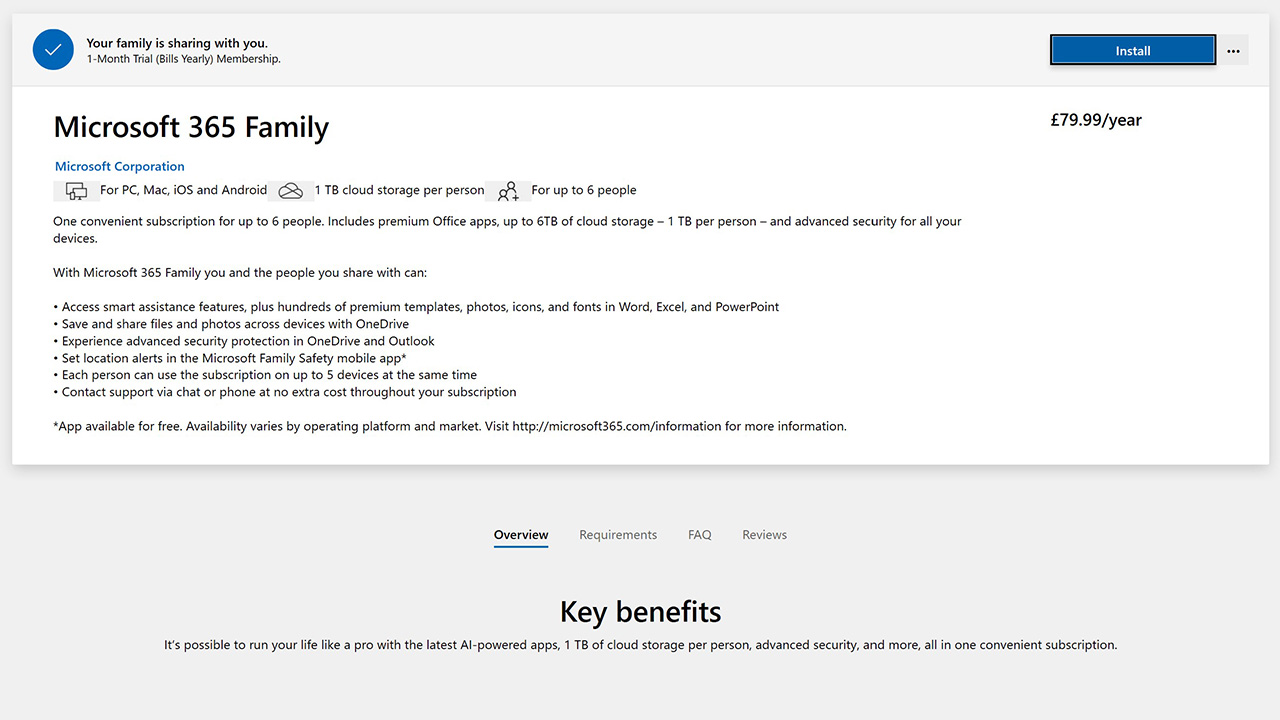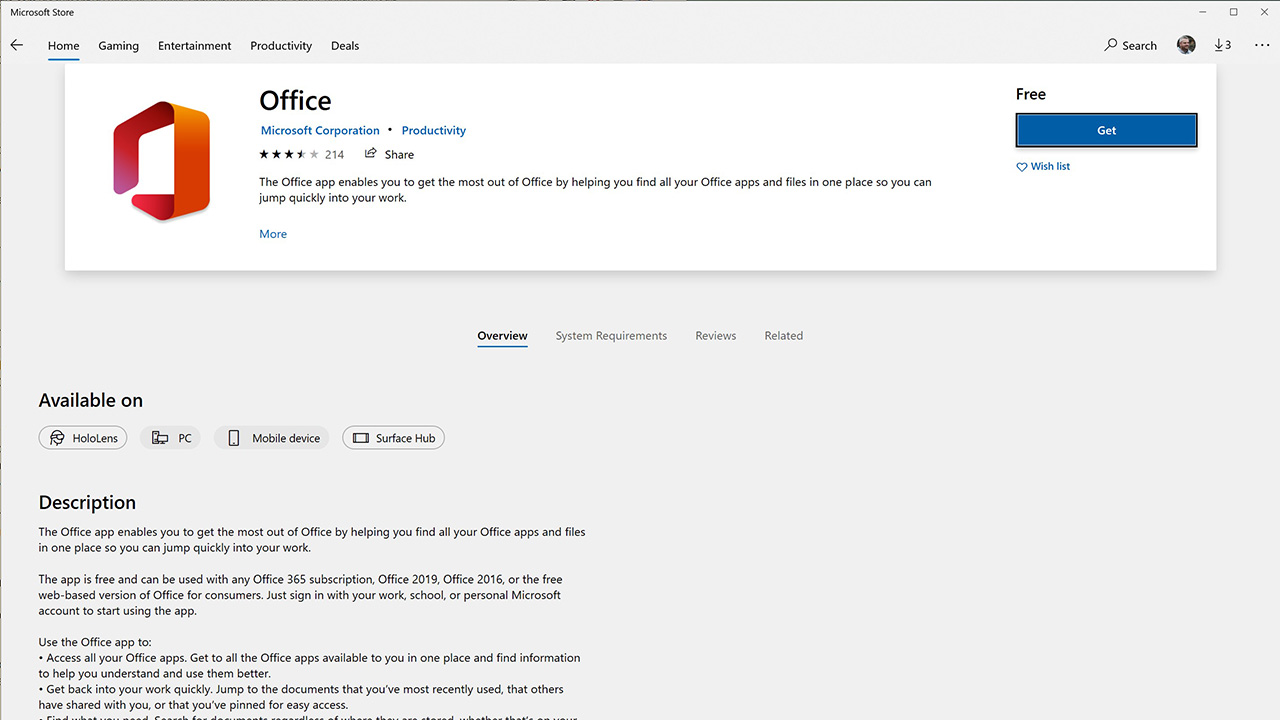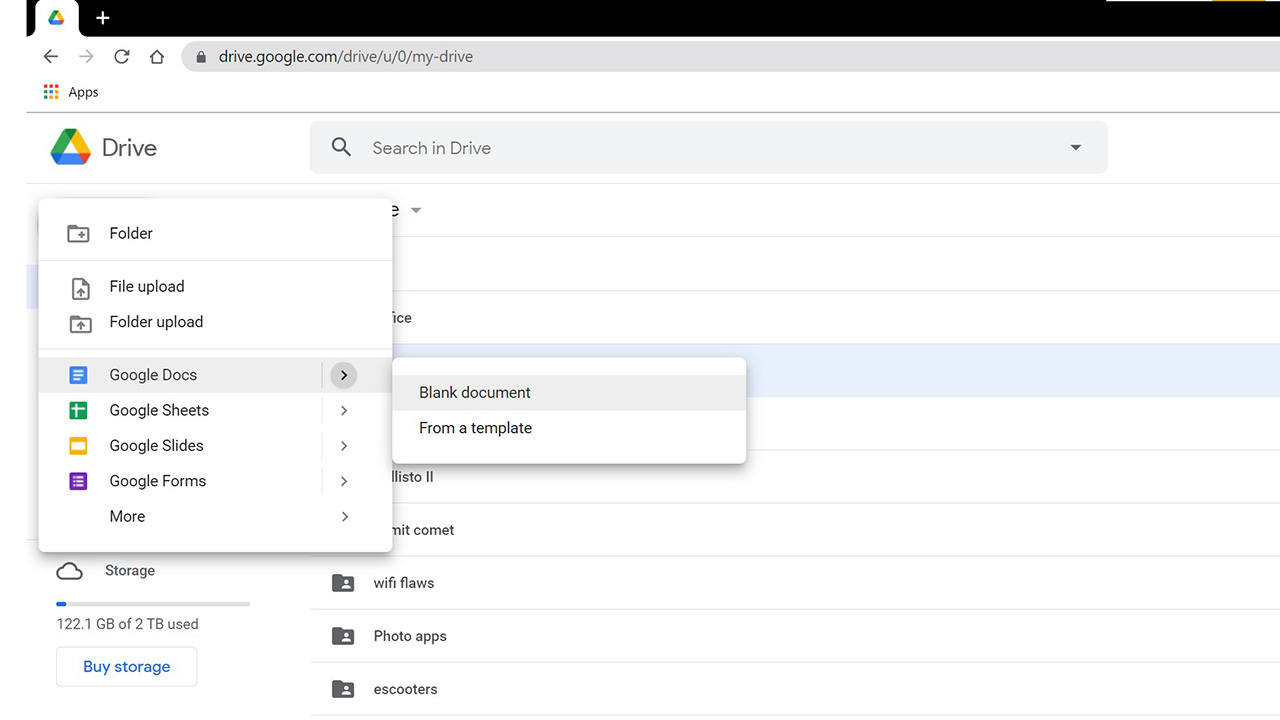How to Disable Microsoft Office 2007 Updates in Windows 10
Does Windows 10 come with Microsoft Office?

No, it doesn't. Or, at least, it probably doesn't. In fact it might. It's complicated, you see. The Windows operating system and the Office suite of applications are both made by Microsoft, and have become quite a team in the productivity space, but they're not the same thing, and there are alternatives, as we shall see.
When you get a new home computer that runs Windows 10, it comes with a few built-in applications. You get the Microsoft Edge browser (or top pick of the best web browsers), the Photos app for organizing images and doing basic edits, and a few others such as Films and TV (a content store), Paint for drawing, Wordpad for creating basic documents, and a calculator. You don't get much bundled with Windows 10, which is why it also ships with the Microsoft Store app to help you purchase more programs to run.
So, if you want Office - the suite of apps that includes Word (word processor), Excel (spreadsheet), PowerPoint (presentations) and more - you're going to have to go and get it. The exception to this is if the manufacturer of your new laptop or PC has struck a bundle deal with Microsoft - then you might find it pre-installed on your Start menu, though it may just be a one-month trial version. The thing to watch out for is that there are several versions of Office, so if there's a particular app you need, make sure it's in the version you're getting.
What are your Microsoft Office options?

Firstly, Office is split into Office 2019, for which you pay once, and Microsoft 365, which uses a monthly subscription model. Office 2019 Home and Student comes with the core Office apps: Word, Excel and PowerPoint. Office 2019 Home and Business adds Outlook but costs more. These will receive some updates and patches, but you'll need to pay again to upgrade to Office 2021 when it arrives, and you can only use them on one computer. This is the best choice for those who aren't constantly connected to the internet through a high-speed connection, or for anyone who just doesn't like the idea of a software subscription.
Microsoft 365, which used to be called Office 365, does little to aid the confusion. You pay every month (or annually, which is cheaper), and get all the Office apps: Word, Excel, PowerPoint, Outlook, Publisher, Access and mobile apps too. You also get a constant stream of little updates and patches, meaning these are the most up-to-date Office apps. Pay for a family subscription, and you can use them across six different computers or user accounts.

A subscription comes with some bonuses too - each user gets 1TB of OneDrive cloud storage space, and some Skype minutes too. PowerPoint Presenter Coach helps you get over the stage fright of presenting, while Microsoft Editor offers a similar service to Grammarly, checking your written work for errors. There's a Resume Assistant to help with job applications, and Microsoft Money is integrated into Excel to help with home budgeting. You get a lot with a 365 sub.
What are the alternatives to Microsoft Office?
You don't, however, absolutely need Microsoft Office. There are some reasons to get it, of course, if it's what you've been trained in using or there is an advanced feature your business needs to survive, but it's worth looking at the alternatives to see if you can save some money.
If you want an offline office suite in the vein of Office 2019, with separate word processing, spreadsheet and presentation apps plus a few others, then LibreOffice is well worth taking a look at. It's not as integrated as Microsoft Office, and lacks an Outlook equivalent, but the three main apps - Writer, Calc, and Impress - are compatible with Office documents and contain many of the same features as Microsoft's apps. They're also free, and can be downloaded from https://www.libreoffice.org.

Another excellent alternative is Google Docs. This is an office suite that runs in your web browser, and it offers three core apps - Docs, Sheets, and Slides - that are integrated with Google Drive, meaning that you can work anywhere with a web browser you can use to sign into your Google account. You get 15GB of cloud storage for free, and more is available for a subscription. You can fit a lot of documents in 15GB, however, and any created before 1st June 2021 won't count against your storage.
Then there's Office Online. This is Microsoft's version of Google Docs, and offers cut-down versions of Word, Excel and PowerPoint that run in your browser, storing their documents in your OneDrive folder. You'll need a Microsoft account to use it, but it's free.
So while Windows 10 technically doesn't come with Microsoft Office, those apps, or an alternative office suite, are never far away. All you need is an internet connection.
For more computing advice, we have a guide to using Windows 10 Safe Mode , and a look at the best antivirus software to keep you safer online.
Ian has been a journalist for 20 years. He's written for magazines and websites on subjects such as video games, technology, PC hardware, popular (and unpopular) science, gardening and astronomy. In his spare time he has a pet tortoise and grows his own vegetables.
How to Disable Microsoft Office 2007 Updates in Windows 10
Source: https://www.toptenreviews.com/does-windows-10-come-with-microsoft-office